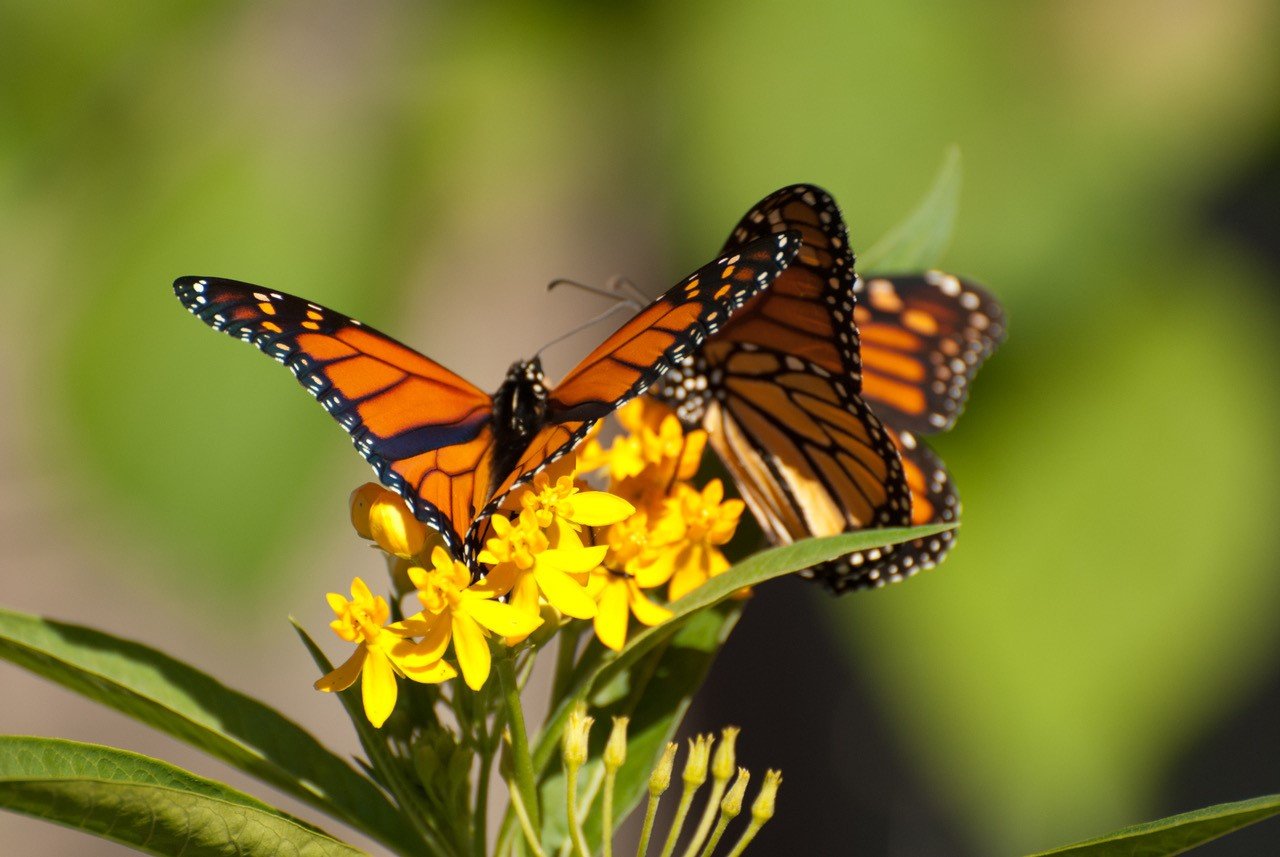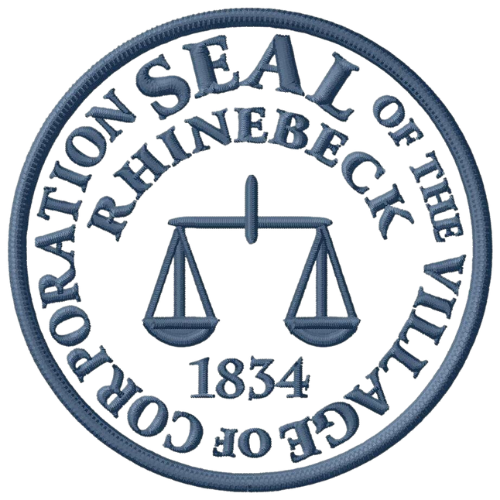
Rhinebeck Pollinator Pathway
Photos by Sue Sie
Our food system hinges on pollinators. One would be hard pressed to find a more critical set of creatures. And yet, because of the use of pesticides and habitat destruction, these tiny workers are in steep decline.
The Pollinator Pathways project is literally swarms of gardeners coming together to grow gardens and use public land to create pollinator-friendly habitat. The goal is to not just create these individual spaces for pollinators, but also to strategically link them, enabling migration patterns and continuous habitat. Visit the NY Pollinator Pathway website to get more info.
Rhinebeck Pollinator Pathway is a project of our Climate Smart Communities Task Force and Dirty Gaia. We are part of a collaboration with other Dutchess County municipalities.
We are looking for volunteers who would like to create engaging education outreach for the Rhinebeck community. Perhaps a pollinator garden tour here in Rhinebeck?
Collaborators:
Sue Sie, Dirty Gaia, sue@dirtygaia.org
Candace Gallagher, Pollinator Patrol
Reduce Your Lawn
The American lawn has that traditional look—and we’ve come to learn it’s an outdated approach to landscaping. If you can reduce the amount of space dedicated to lawn, just think about it, you’d have more space for flowering, pollinator friendly garden habitat. Plus, you’d need to mow and water less—saving yourself valuable time and wasting less money on gas and water. (Electric mowers are the future anyway!)
We recommend the “lasagne method” for reclaiming parts of your lawn. This is when you lay out flattened cardboard boxes on top of the grass. Then layer on soil and compost and sow your seeds on top and water as you would any other garden. The cardboard smothers the lawn and any weeds and eventually biodegrades, adding to your soil. And we recommend you pace yourself! Start with an area and see how it goes. Look up “lasagna composting” on Youtube for how-to’s.
If you have a pollinator garden in your yard, please add your property to the interactive map click on the link below.
Elements of a Pollinator Garden:
Do not use pesticides
Plant flowering plants, native plants
Provide a water source
Mow higher and less often
Leave leaf litter cleanup until spring
See this beautifully done website for more inspiration and info!
Pollinate HV
We recommend this guide from Partners for Climate Action. It details which specific native plants play critical roles for which at-risk pollinators. The guide also provides case studies for how to go about converting different types of land (old agricultural fields, urban spaces with lawns). Find details how how to plan, prepare your site, source seeds, and install your site, whether a garden or meadow.

